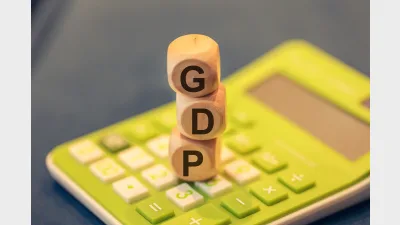ASIC puts brakes on high frequency trading


The Australian Securities and Investments Commission (ASIC) will propose a number of measures designed to slow down and potentially prevent high frequency trading (HFT) from adversely affecting the market.
The new proposals would apply from early 2014 and include a 'kill switch' to immediately disable some algorythyms, and a circuit breaker to prevent trades from occurring and to reset the market when "unusual volatility" was occuring.
ASIC commissioner Greg Medcraft said the regulator would look at greater transparency, conflict management and monitoring applications for dark pool operators. He said the current concept of market manipulation might not be applicable with HFT technology.
Minimum market presence requirements and enforcing minimum order sizes were among the proposals made by fund managers last week to prevent high frequency trading (HFT) from disrupting the market, he said.
Fund managers and senior bankers were worried HFT created phantom liquidity in that the liquidity was only there for a millisecond, according to Medcraft.
"One of the suggestions from many fund managers last week was that perhaps what we should have is a requirement that the orders at least are kept on the market for 10 seconds so it doesn't become that phantom," he said.
Medcraft said when innovation outstripped regulation it caused problems, which had been shown by recent events around the globe.
HFT had added to an exponential increase in book orders and now accounted for 50-60 per cent of trading in the US, he said.
"Speed and automation of markets can be quite an issue for the fairness and orderliness of the markets, and therefore it is important to have robust control over those markets," he said.
From mid-2013, ASIC will implement new requirements on dark pools, including the need for a meaningful price improvement in a trade's size or viewpoint unless it is a block trade.
The threshold for the majority of stocks will also be reduced from $1 million to $200,000.
Recommended for you
Economic growth was weaker than expected, once again highlighting an economy largely sustained by population growth and government spending.
In this latest edition, Anna Shelley, CIO at AMP, shares the fund’s approach to current market conditions and where it continues to uncover key opportunities.
The mega fund has announced a $2.2 billion investment in a leading data centre platform, bringing its global real assets portfolio to nearly $60 billion.
In this latest edition, Australian Retirement Trust’s head of global real assets Michael Weaver explains the fund’s approach to finding new opportunities as it surpasses $300 billion in funds under management.













